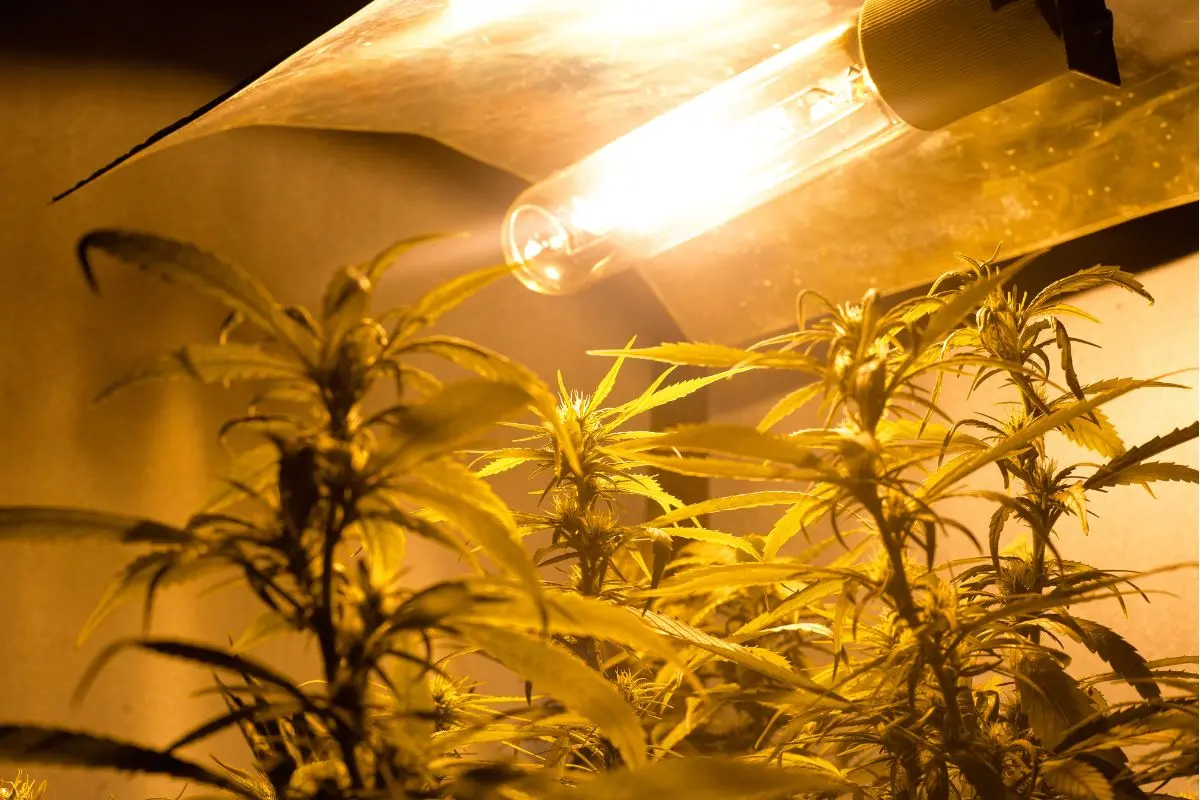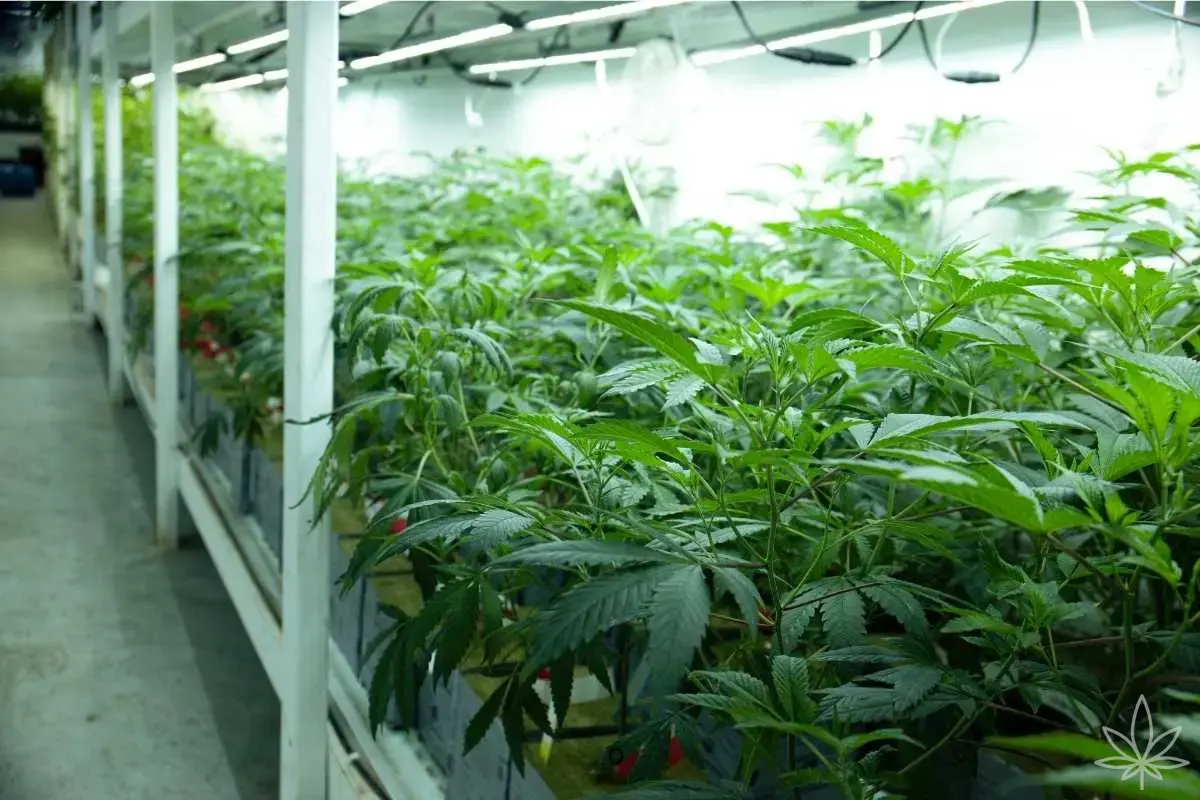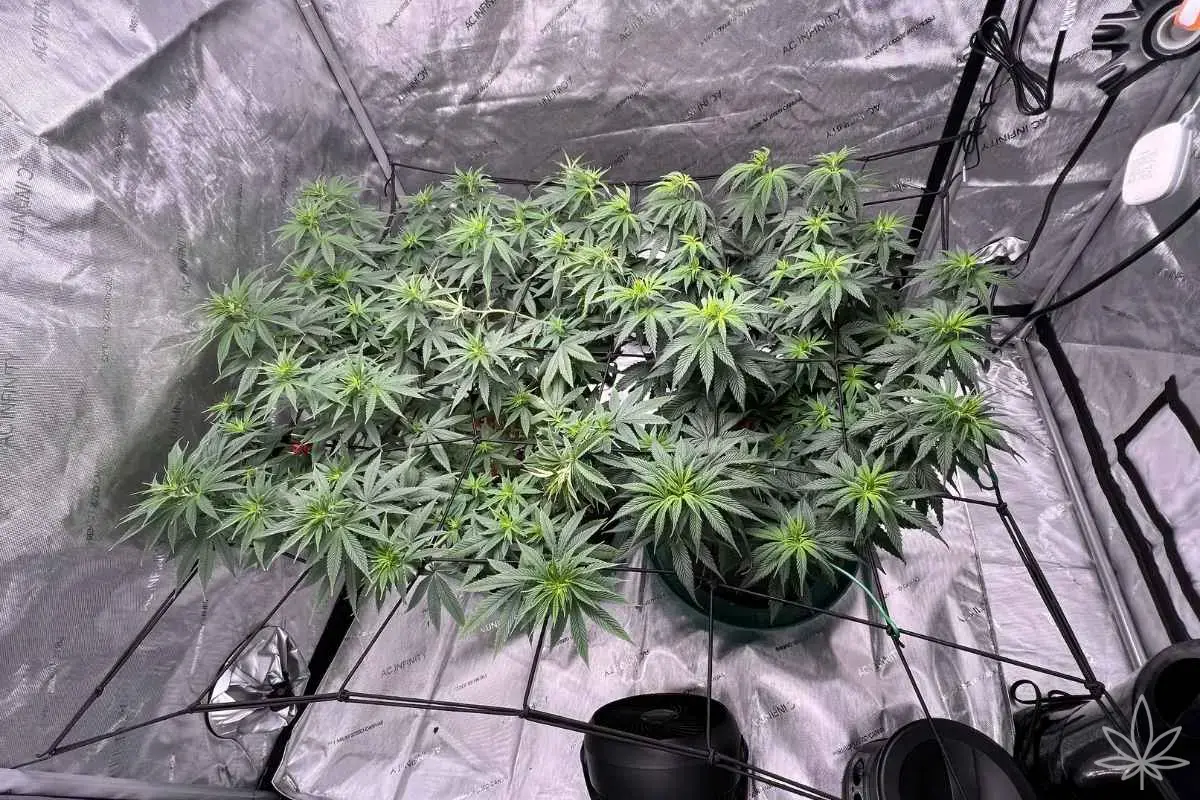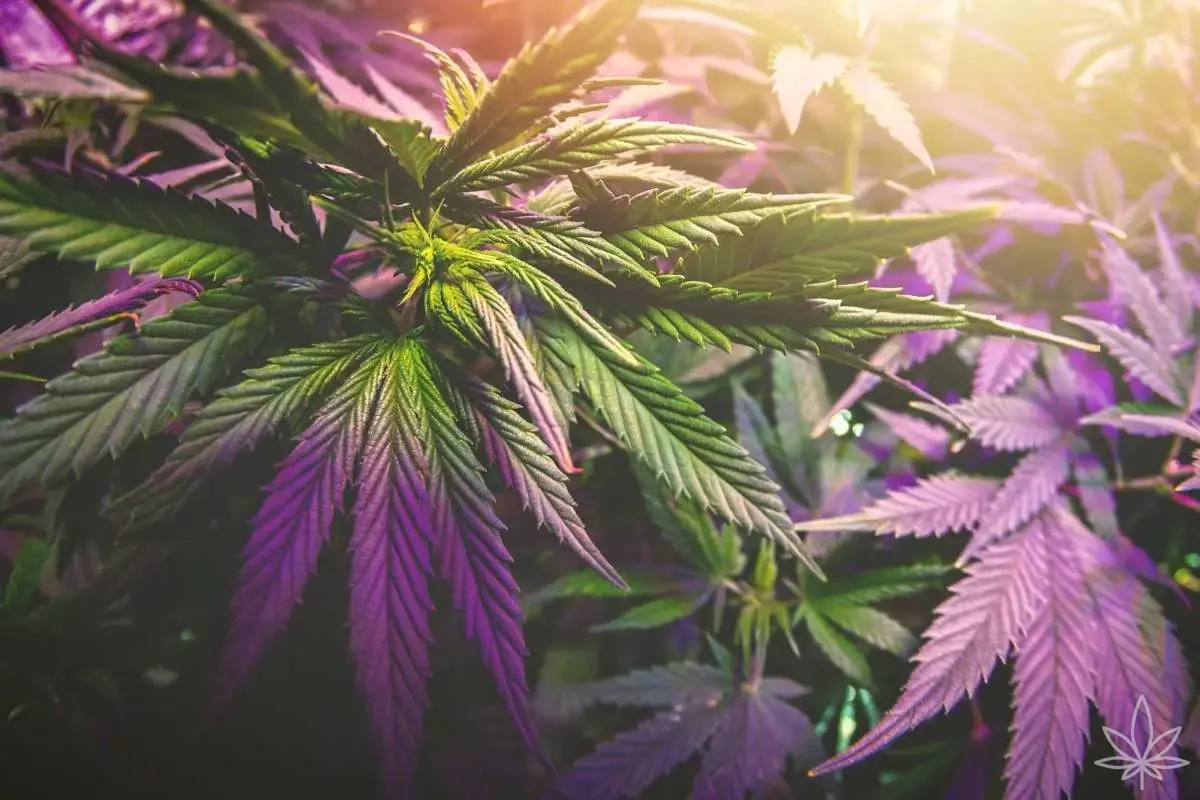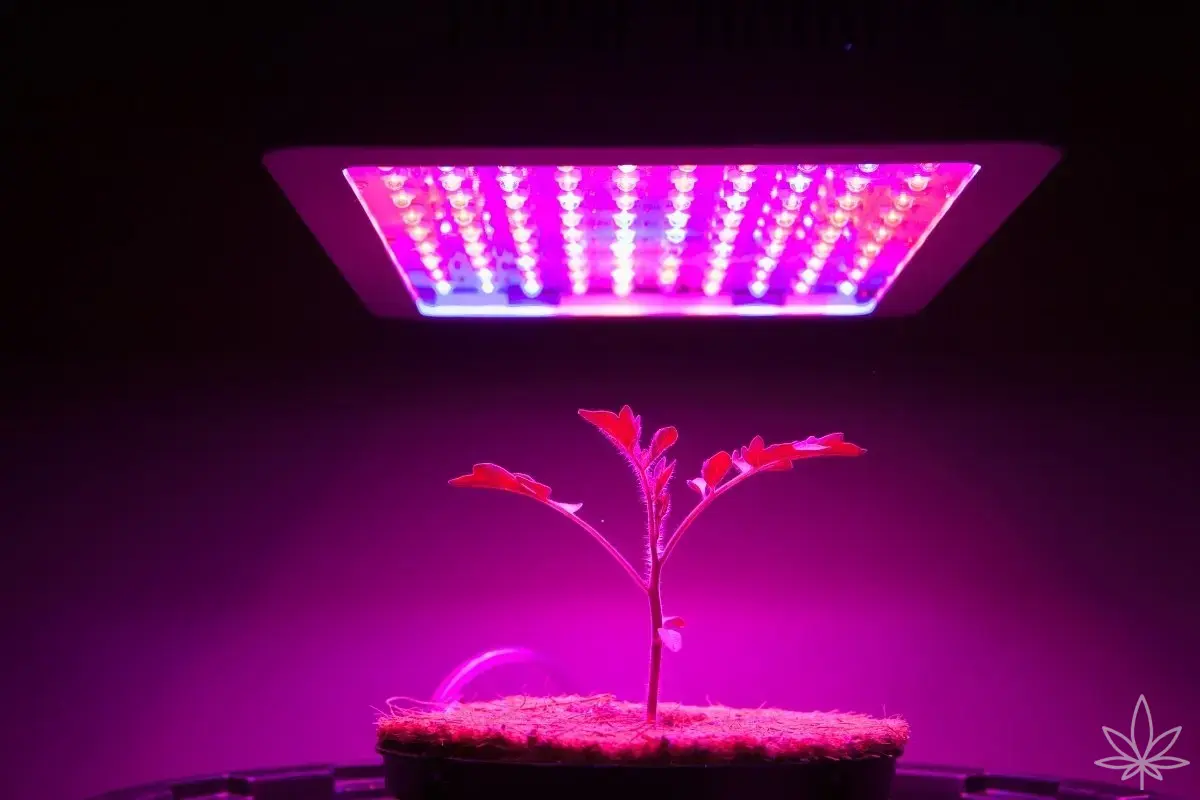Legend of Abbreviations (Short and Clear)
PAR (Photosynthetically Active Radiation): The 400–700 nm band from which the plant actually "feeds" on photons.
PPF (Photosynthetic Photon Flux, μmol·s⁻¹): How many photons the lamp emits at the output in 1 second.
PPFD (Photosynthetic Photon Flux Density, μmol·m⁻²·s⁻¹): How many photons reach 1 m² of foliage in 1 second.
DLI (Daily Light Integral, mol·m⁻²·day⁻¹): The total number of photons that fall on 1 m² during the lighting day.
PPE (Photosynthetic Photon Efficacy, μmol·J⁻¹): Lamp efficiency: how many μmol per 1 J of electricity (good-class LED bars ~2.5–3.2 μmol/J).
SPD (Spectral Power Distribution): Spectrum distribution (how much blue/red etc.).
CCT (Correlated Color Temperature): "Color temperature" of white light (e.g., 3000 K warm, 4000 K neutral).
CRI: Color rendering index (more important for human eyes than for photosynthesis).
4 Formulas That Cover 95% of the Topic
DLI = (PPFD × lighting_time [s]) / 1,000,000
PPFD = (DLI × 1,000,000) / lighting_time [s]
PPF (for area A) = PPFD × A [A in m²]
Electric power ≈ PPF / PPE
Intuition:
DLI = "how much total per day"
PPFD = "how much per second"
PPF = "what comes out of the lamp"
PPE = "how many μmol per 1 J"
Target Levels for Cannabis (Approximate, Verified in Practice)
Seedlings / Rooting: 100–300 PPFD → DLI (18 h) approx. 6–20 mol
Veg (Vegetation, 18–20 h): 300–500 PPFD → DLI (18 h) 15–32 mol
Flowering (12/12): 600–900 PPFD → DLI (12 h) 26–39 mol
High PPFD with CO₂: 900–1200 PPFD (DLI 39–52 mol) — makes sense with CO₂ ~800–1200 ppm, stable climate, and "maxed out" nutrition.
Note: Above ~900 PPFD without elevated CO₂ causes growth "wall" and photostress easily. With CO₂ and warm leaves (often 26–28 °C with LED), the plant "processes" more.
Spectrum in Practice (What Works vs. Marketing)
Veg: Full spectrum with a bit more blue (e.g., 3500–4000 K) — compact architecture, shorter internodes.
Flowering: Full spectrum with strong red (e.g., 3000–3500 K) — good photosynthesis and flower mass.
Far-red (730 nm): May shorten "biological night" and help control morphology (use carefully, it’s a tool, not magic).
UV-A (365–400 nm): Sometimes useful for "refining" resins and secondary metabolites; UV-B only with caution (easy to burn).
How to Calculate for Your Grow Tent — Step by Step
Step 1 — Choose DLI and Lighting Time
Take flowering 12 h and target PPFD 700 (middle of the safe zone). DLI from the formula:
DLI = 700 × 43,200 / 1e6 ≈ 30.24 mol·m⁻²·day⁻¹
Step 2 — Calculate PPF for Your Area
60×60 cm (0.36 m²): PPF = 700 × 0.36 ≈ 252 μmol·s⁻¹
100×100 cm (1.00 m²): PPF = 800 × 1.00 = 800 μmol·s⁻¹ (for PPFD 800)
120×120 cm (1.44 m²): PPF = 700 × 1.44 ≈ 1008 μmol·s⁻¹
Step 3 — Estimate Lamp Power from PPE
0.36 m² @700 PPFD, PPE 2.7 → 252/2.7 ≈ 93 W (realistically ~120–150 W, because of losses and you want 20–30% reserve).
1.00 m² @800 PPFD, PPE 2.8 → 800/2.8 ≈ 286 W (market ~300–350 W bar-LED).
1.44 m² @700 PPFD, PPE 2.7 → 1008/2.7 ≈ 373 W (practically ~450–500 W).
1.44 m² @1000 PPFD with CO₂, PPE 2.8 → 1440/2.8 ≈ 514 W (realistically ~600 W).
Why reserve? Because of losses due to height, reflections, screen, filter, cables, and LED aging.
Photoperiod for Cannabis
Veg: Usually 18/6 (sometimes 20/4 or 24/0 but 18/6 is a reasonable compromise).
Flowering: 12/12 (photoperiod triggers the phase).
Autos (Ruderalis): Usually 18/6 all cycle; control mainly PPFD/DLI, not hours.
Intensity Schedule (Practical Framework)
Seedlings/rooting: 100–200 PPFD, gradually to 250–300.
Veg: close 300–500 PPFD; use height and dimmer to keep compact architecture.
Flip 12/12 (weeks 1–2): 500–600 PPFD — control stretch.
Full bloom (weeks 3–6): 700–900 PPFD (with CO₂ up to 1000–1200).
Finish (weeks 7→): keep level or slightly (~10–15%) lower if stress is visible.
Uniformity and Hanging Height
Measure with a 3×3 point grid above the canopy; calculate average and min/avg. Goal: min/avg ≥ 0.7.
Higher = more even but lower PPFD; lower = strong center and dips at edges.
Bar-LED with multiple strips usually beats "single point" (panels/cob) in uniformity.
CO₂, Leaf Temperature, and VPD (Connection with Light)
When going >900 PPFD, CO₂ 800–1200 ppm usually unlocks photosynthesis.
With LED, leaves may be cooler than with HPS — raise daytime temp to ~26–28 °C (leaf temperature is important, not just air).
Keep VPD (vapor pressure deficit) in comfort zone for the phase — with high PPFD plant drinks and transpires more.
Only Have a Lux Meter? Quick Conversion for White LEDs
Lux is for the eye, PPFD for the leaf — as estimate:
~4000 K (neutral white): PPFD [μmol·m⁻²·s⁻¹] ≈ lux / 67
Example: 20,000 lx → ~300 PPFD.
Warm 2700–3000 K: ~60–70 lx per 1 μmol
Cool 5000–6500 K: ~70–80 lx per 1 μmol
For precision use a PAR meter.
Fixture Selection — The Nutshell
PPE: Aim for ≥2.7 μmol/J (top bar-LEDs reach ~3.0+).
PPF vs area: Calculate PPF from PPFD×m², add 20–30% reserve.
Control: Dimmer, optionally UV/FR channel on separate power (easier to adjust).
Thermal and Acoustic: Large strip area reduces hotspots and noise (less aggressive cooling).
Example Calculation Sets (Typical Tents)
| Tent Size | PPFD | PPF (μmol/s) | Estimated Power (W LED) | DLI (mol) |
|---|---|---|---|---|
| 60×60 cm, flower 12/12 | 700 | 252 | ~150 | ~30 |
| 100×100 cm, flower 12/12 | 800 | 800 | ~300–350 | ~34.6 |
| 120×120 cm, flower 12/12 with CO₂ | 1000 | 1440 | ~600 | ~43.2 |
Common Mistakes
Treating lux = PPFD (different worlds).
Calculating without area (PPF must cover the whole table).
Ignoring uniformity (min/avg drops below 0.7 → growth mosaic).
No power/PPF reserve and height — no way to adjust.
High PPFD without CO₂ and climate correction → growth fluctuations, stress.
TL;DR — Grower Checklist
Choose PPFD for the phase (or DLI + hours).
Calculate PPF = PPFD × m², add 20–30% reserve.
Estimate W = PPF / PPE and pick bar-LED of that power.
Set height and dimmer for min/avg ≥ 0.7.
If PPFD >900, consider CO₂ 800–1200 ppm and warmer canopy.
Verify by measurement (PAR-meter or carefully lux → PPFD).

